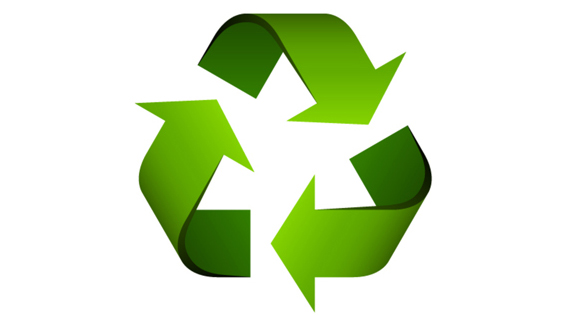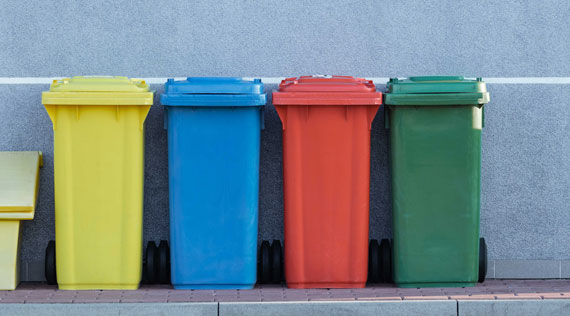Fashion for Good and Circle Economy, a global impact organization supporting a circular economy, have determined that the value of low-end post-consumer textiles available for fiber-to-fiber recycling in six European countries stands at 74 million euros per year, or $71.01 million at the current exchange rate.
The eye-opening conclusion is in the newly released report about the Sorting for Circularity Europe project, the organizations’ 16-month analysis that was just completed. It shows that 74 percent, or 494,000 tons of low-value and non-rewearable textile waste—items that cannot be reused in their original state—can be tapped in Belgium, Germany, the Netherlands, Poland, Spain and U.K.
The report shows promising opportunities for recapturing value while diverting textiles from downcycling and incineration and tells brands the best circular design practices to adopt. It advises textile collection agencies and organizations on how to build the necessary infrastructure and better educate and engage consumers on proper sorting and disposal practices. It also makes specific suggestions for brands and manufacturers; policymakers and consumers.
“As fiber-to-fiber textile recycling commitments and policies increase, as well as the amount of textile waste collected, the infrastructure required to drive the move towards circular systems requires significant investment to scale. To make informed investment decisions, as well as assess the business case for monetization through recycling, a deeper understanding of the characteristics of today’s European post-consumer textiles landscape is needed. This project lays the knowledge foundation that will enable key players to set into motion,” said Katrin Ley, managing director of Fashion for Good.
The project employed Near Infrared (NIR) technology to determine garment composition, traditionally a task performed manually, and analyzed a total of 21 tons of post-consumer garments. On-the-ground examinations were performed over two time periods, Fall/Winter 2021 and Spring/Summer 2022, to account for seasonal changes in the types of garments entering sorting facilities.
Cotton was the dominant fiber (42 percent), followed by material blends (32 percent), almost half of which consisted of polycottons (12 percent). Based on three characteristics—material composition, color and the presence of disruptors such as zippers and buttons—21 percent of the materials analyzed were deemed suitable as feedstock for mechanical recycling while 53 percent were suitable for chemical recycling. Currently only 2 percent of post-consumer textiles are diverted to fiber-to-fiber recycling, so the opportunity to increase circularity is clearly significant.
The Sorting for Circularity Europe project brought together the largest industrial textile sorters in the European region including the Boer Group, I:CO (part of SOEX Group), JMP Wilcox (part of Textile Recycling International), Modare-Cáritas, Wtórpol and Texaid. Funding was provided by Laudes Foundation and was facilitated by Fashion for Good brand partners Adidas, Bestseller, Inditex and Zalando, with H&M Group as key project partners. Fashion for Good partners Arvind Limited, Birla Cellulose, Levi Strauss & Co., Otto Group and PVH Corp. participated as part of the wider working group.
To further support the industry, Circle Economy has made two other resources available: Recycler’s Database, which maps textile recyclers’ capabilities, and an open-source Sorters Handbook to guide the sorting industry. Two open digital platforms, Reverse Resources and Refashion Recycle, are also considered crucial. Reverse Resources has 39 active recyclers and 32 active waste handlers/sorters on its platform, while Refashion Recycle’s network includes 103 recyclers and 66 sorters.

